Species Photo Gallery for Hymetta kansasensis No Common Name 37 |
 | Photo by: Scott Bolick
Guilford Co.
Comment: | 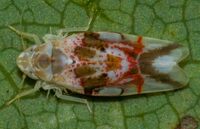 | Photo by: Scott Bolick
Guilford Co.
Comment: |
 | Photo by: Scott Bolick
Guilford Co.
Comment: | 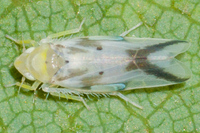 | Photo by: Scott Bolick
Guilford Co.
Comment: |
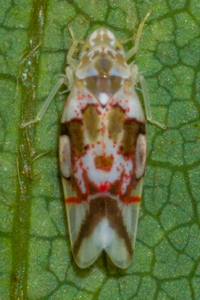 | Photo by: Scott Bolick
Guilford Co.
Comment: |  | Photo by: Scott Bolick
Guilford Co.
Comment: |
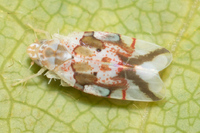 | Photo by: Scott Bolick
Guilford Co.
Comment: | 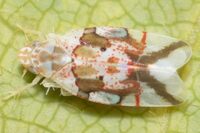 | Photo by: Scott Bolick
Guilford Co.
Comment: |
 | Photo by: Ken Kneidel
Mecklenburg Co.
Comment: Group of nymphs (larger one 2.3 mm, smaller 1.8) on the underside of a curled Redbud leaf. Adult reared on September 4 after being kept indoors in a ziploc bag with a fresh leaf (see separate submission). |  | Photo by: Ken Kneidel
Mecklenburg Co.
Comment: Group of nymphs (larger one 2.3 mm, smaller 1.8) on the underside of a curled Redbud leaf. Adult reared on September 4 after being kept indoors in a ziploc bag with a fresh leaf (see separate submission). |
 | Photo by: Ken Kneidel
Mecklenburg Co.
Comment: Group of nymphs (larger one 2.3 mm, smaller 1.8) on the underside of a curled Redbud leaf. Adult reared on September 4 after being kept indoors in a ziploc bag with a fresh leaf (see separate submission). | 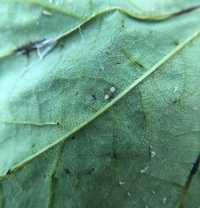 | Photo by: Ken Kneidel
Mecklenburg Co.
Comment: Group of nymphs (larger one 2.3 mm, smaller 1.8) on the underside of a curled Redbud leaf. Adult reared on September 4 after being kept indoors in a ziploc bag with a fresh leaf (see separate submission). |
 | Photo by: Ken Kneidel
Mecklenburg Co.
Comment: Group of nymphs (larger one 2.3 mm, smaller 1.8) on the underside of a curled Redbud leaf. Adult reared on September 4 after being kept indoors in a ziploc bag with a fresh leaf (see separate submission). | 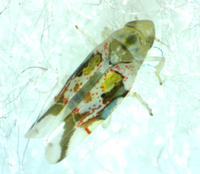 | Photo by: Ken Kneidel
Mecklenburg Co.
Comment: Adult female (3.2 mm) reared from a group of nymphs on a Redbud leaf, submitted separately with the date of August 22, 2022. |
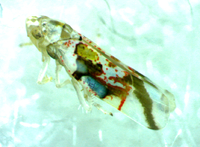 | Photo by: Ken Kneidel
Mecklenburg Co.
Comment: Adult female (3.2 mm) reared from a group of nymphs on a Redbud leaf, submitted separately with the date of August 22, 2022. |  | Photo by: Ken Kneidel
Mecklenburg Co.
Comment: Adult female (3.2 mm) reared from a group of nymphs on a Redbud leaf, submitted separately with the date of August 22, 2022. |
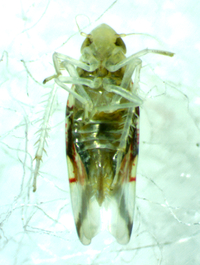 | Photo by: Ken Kneidel
Mecklenburg Co.
Comment: Adult female (3.2 mm) reared from a group of nymphs on a Redbud leaf, submitted separately with the date of August 22, 2022. | 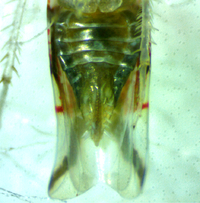 | Photo by: Ken Kneidel
Mecklenburg Co.
Comment: Adult female (3.2 mm) reared from a group of nymphs on a Redbud leaf, submitted separately with the date of August 22, 2022. |
 | Photo by: Jim Petranka
Madison Co.
Comment: |  | Photo by: Jim Petranka
Madison Co.
Comment: |
 | Photo by: Jim Petranka
Madison Co.
Comment: | 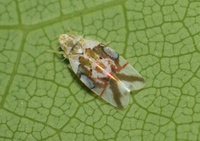 | Photo by: Scott Bolick
Forsyth Co.
Comment: |
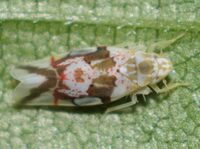 | Photo by: Scott Bolick
Rowan Co.
Comment: | 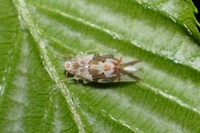 | Photo by: Scott Bolick
Guilford Co.
Comment: |
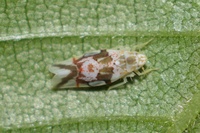 | Photo by: Scott Bolick
Rowan Co.
Comment: | 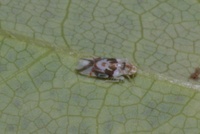 | Photo by: Scott Bolick
Guilford Co.
Comment: |
 | Photo by: Scott Bolick
Guilford Co.
Comment: | 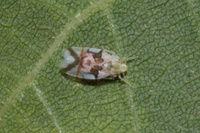 | Photo by: Scott Bolick
Forsyth Co.
Comment: |
 | Photo by: Scott Bolick
Forsyth Co.
Comment: |  | Photo by: Scot Bolick
Guilford Co.
Comment: |
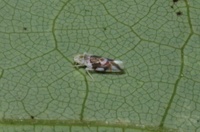 | Photo by: Scot Bolick
Guilford Co.
Comment: |  | Photo by: Scot Bolick
Guilford Co.
Comment: |
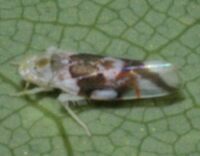 | Photo by: Scot Bolick
Guilford Co.
Comment: | 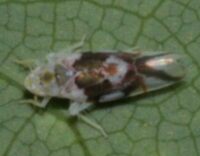 | Photo by: Scot Bolick
Guilford Co.
Comment: |
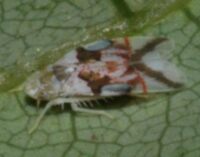 | Photo by: Scot Bolick
Guilford Co.
Comment: |  | Photo by: Scott Bolick
Guilford Co.
Comment: |
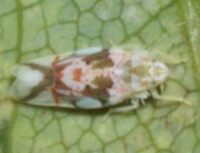 | Photo by: Scott Bolick
Guilford Co.
Comment: |

 »
»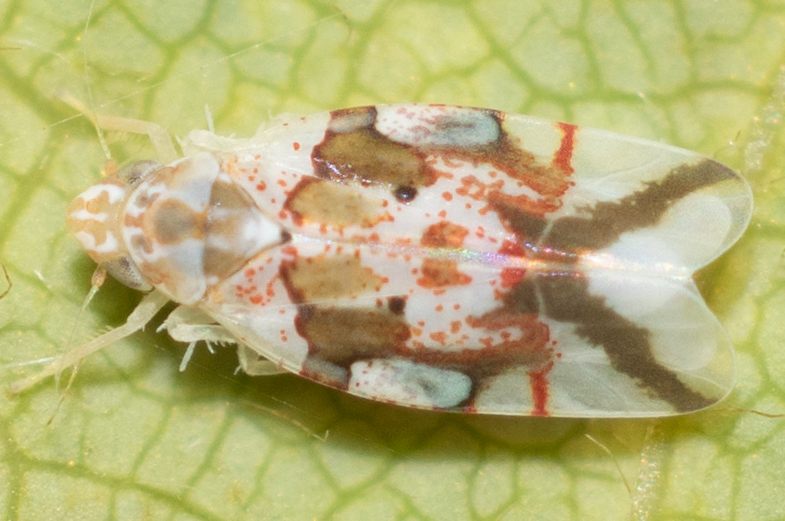
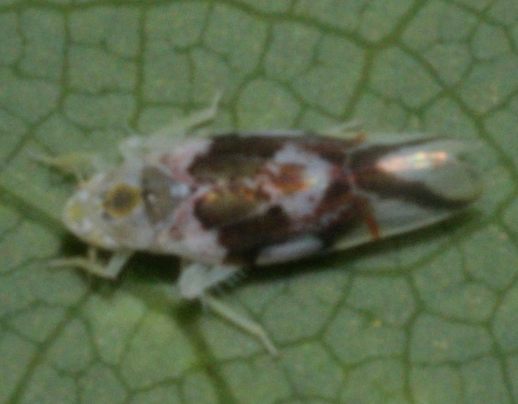
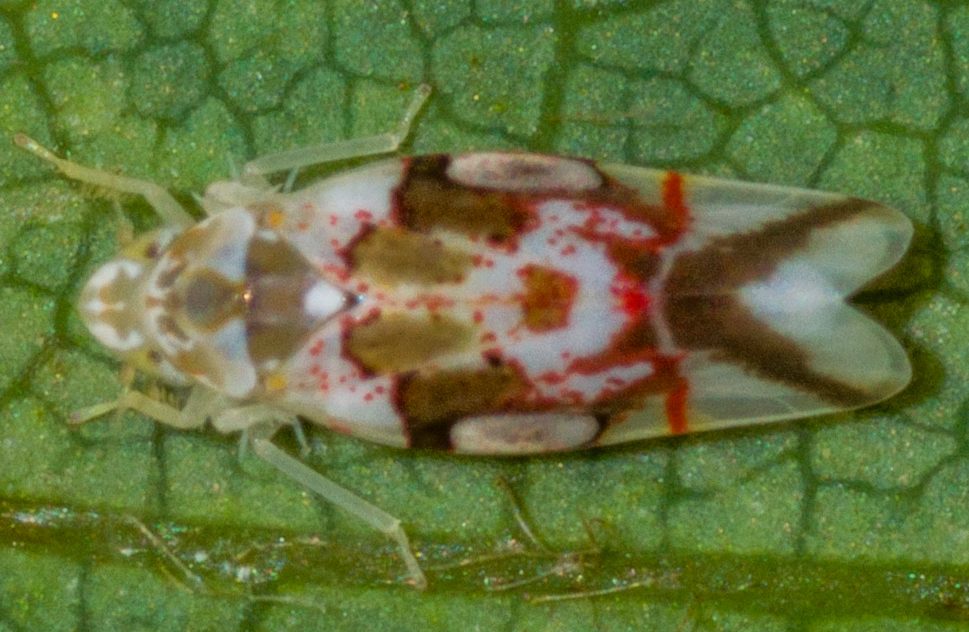
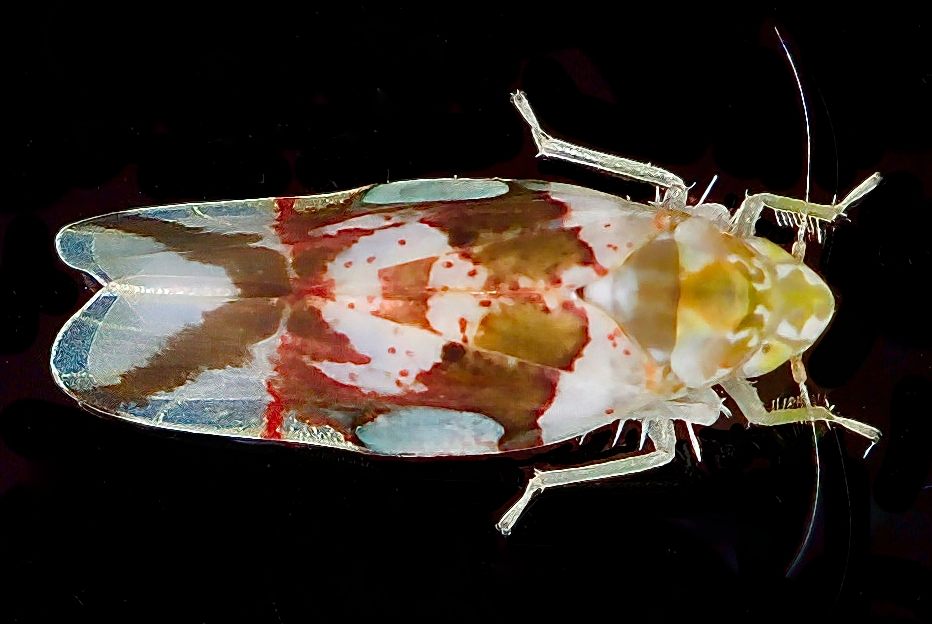

 »
»


